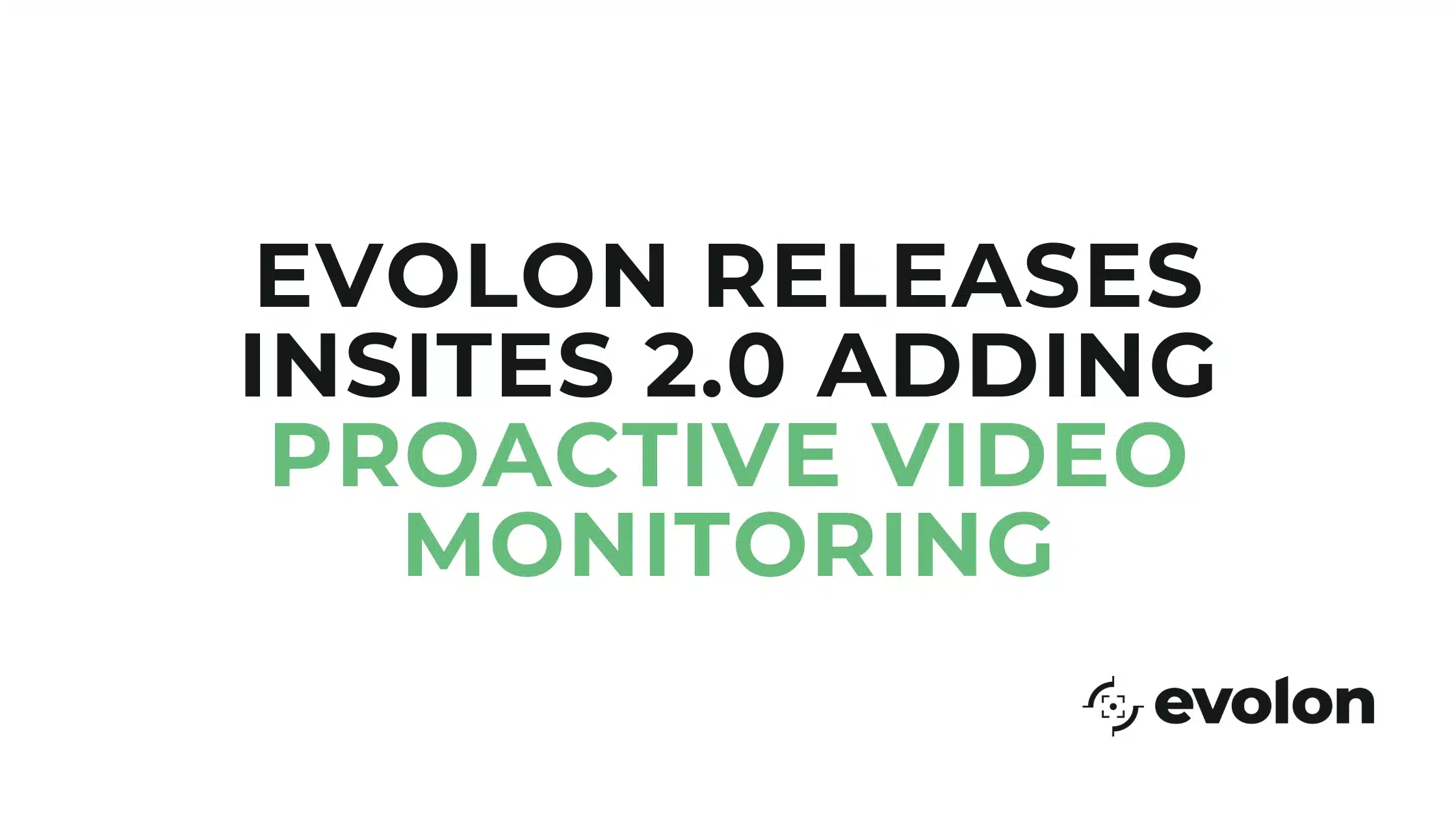Physical Security Vulnerabilities and the Energy Industry
Over the years, the American public remained deaf to experts’ warnings that the power grid was vulnerable; but in the last few months, eyes and ears have begun to open due to the number of attacks on substations in multiple states. In Florida, six substations were vandalized, as were ten substations in the Pacific Northwest. North Carolina had three substations crippled by gunfire, and Las Vegas had one solar plant damaged by arson. As investigators examine why the perpetrators committed these crimes, others are asking how to prevent such nefarious acts in the future. The answer is multifaceted.
The power industry currently invests more in security measures for higher priority facilities and gives lower priority facilities what can be seen as minimal protection at best. For example, nuclear power plants have 24-hour security personnel inside the facility as well as at the perimeter gates, various alarm systems covering entry points, top-quality surveillance cameras at every corner, etc. In contrast, the attacked substations had no personnel onsite or even an alarm system to alert the authorities that equipment that not only cost millions of dollars but also had countless lives depending on its stability, was in danger. Instead, they had chain link fences, locks on the doors, and some had cameras that recorded the events but did little else. Therefore, legislators are taking the first steps to solving the problem.
Improving Facility Security
In North Carolina, state representative Ben Moss plans to propose a bill that would require security personnel to be onsite 24-hours a day, and representatives in other states are following his lead. However, the security of these facilities cannot rely on guards alone, especially in areas where such personnel are not available. In such cases, or even in conjunction with onsite security teams, contracting monitoring centers to oversee various alarms and surveillance systems with reliable video analytics is a wise addition to any security plan. However, keeping an eye on the activities at and within the perimeter of the property is not enough.
Upcoming Legislation
As Greg Abbott, director of security solutions at Paragon Systems, stated, “We need to be preventive…push the boundaries outside the property and start protection outside the facility.” Fortunately, Evolon’s video analytics solutions are perfectly aligned with that goal. Our complete line of advanced video analytics and AI provides clear, accurate detection at extensive ranges in real-time with fewer false alarms. (Evolon Edge CP was actually designed with large areas in mind, and it can verify objects of interest up to a mile away.) Our solutions are also cost-effective. “You can take something you already invested in and still use Evolon,” Abbott continued. “You can elevate older equipment to something more modern and highly effective, a solution that can be adjusted to your needs.”
Be Proactive: Push Protection Beyond the Perimeter
Even with superior video analytics that are flexible and affordable, a comprehensive security plan for places like the attacked substations requires additional measures. Only time will tell what steps the energy industry and government will take to better secure our utilities infrastructure. As has been said, “An ounce of prevention is worth a pound of cure.” When dealing with the expense of repair and the liability of losing power to thousands of customers it would see that money toward better perimeter security is well worth it.
Editorial Credit: Laura Stringfellow


